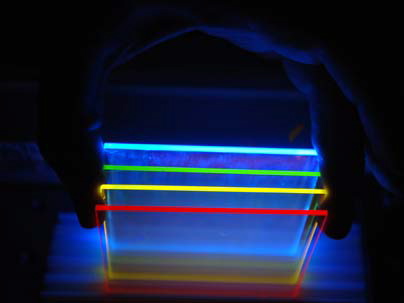My issue of the Royal Horticultural Society Garden magazine arrived today, and the first thing I saw was:
Competitive gooseberry growing in northwest England has a long and distinguished history.
With a blurb like that, how could I not read the article? (Web version, which differs from the print one.) So I learned that growing the gooseberry supreme requires “pens” where the bushes can be protected from birds, shaded from excessive sun (In northwest England? You’re kidding me, right?), as well as excess rain which can burst the fruit. In the old days, a rhubarb leaf was inverted over the bush. I’ll dream tonight of shy gooseberry plants, peering out from under their peaked rhubarb leaf hats.
But I jest. Competitive gooseberrying is serious business. Follow me closely here.
The bushes must be carefully pruned like rose trees, and the crown of branches trained flat, like an umbrella, so that the berries hang down. Otherwise wind might blow the prize heavy berry onto the thickly thorn-covered branches of the bush. The berry would burst, and there you’d be at the next meeting of the gooseberry club with nothing to show for all your trouble.
Once a year, in late July or early August, everything must be in readiness for the “getter,” who witnesses the picking of the competition berries, their careful placement in boxes padded with cotton wool, and who seals the box so that no cheating with some kind of ersatz substituted berry can occur. (I think Ohio needs to get a gooseberry club to come and oversee the vote in November.)
Keeping the few prize berries in perfect condition on the tree until the getter arrives is one of the difficult tasks in a devoted gooseberry grower’s life. Months of concentration, watering, shading, and timing go to produce the perfect berry at exactly the week and the day when the judging takes place. That’s why, like migrating swifts who miss the one day the mayflies hatch, the growers are upset about this:
Kelvin [the current prize-holder] feels the gooseberry season is becoming earlier: “You can get them huge a week or so before — the challenge is to keep them intact on the tree until the getting.”
The trees are feeling the heat, and so are the gooseberry societies. They’re talking of moving their shows forward. Gooseberry judging dates: the new measure of global warming. And you thought I was joking when I said it was a serious business.
Technorati Tags: gooseberries, global warming
 Print This Post
Print This Post

 Print This Post
Print This Post
 (Photo / Donna Coveney)
(Photo / Donna Coveney) 

